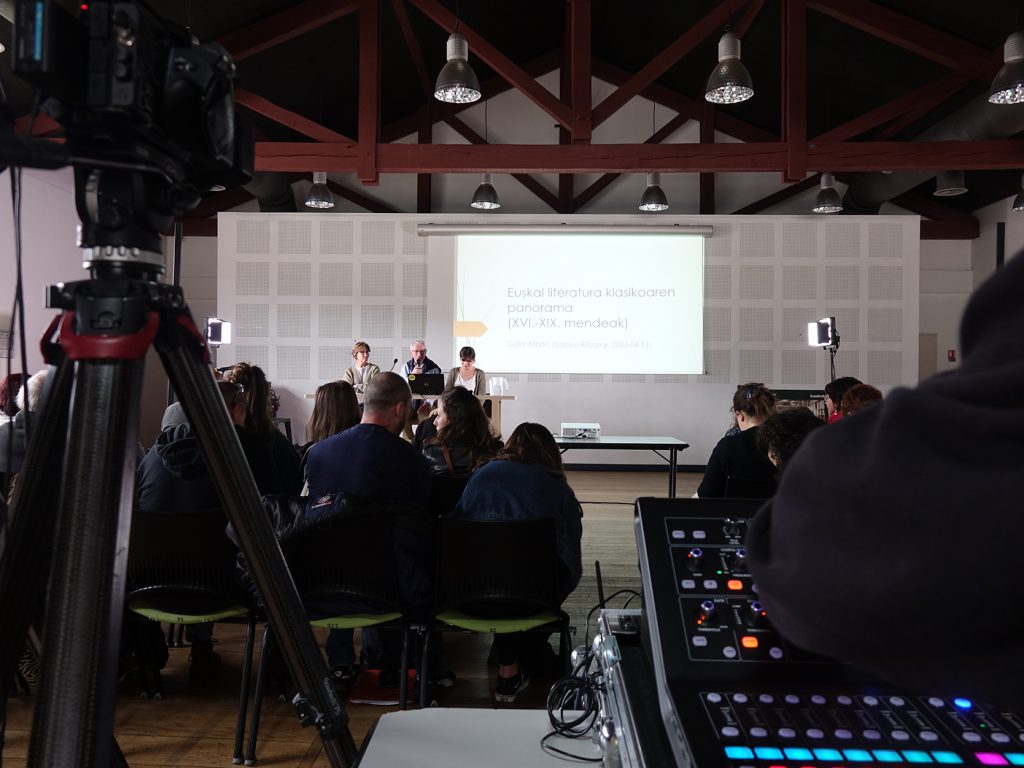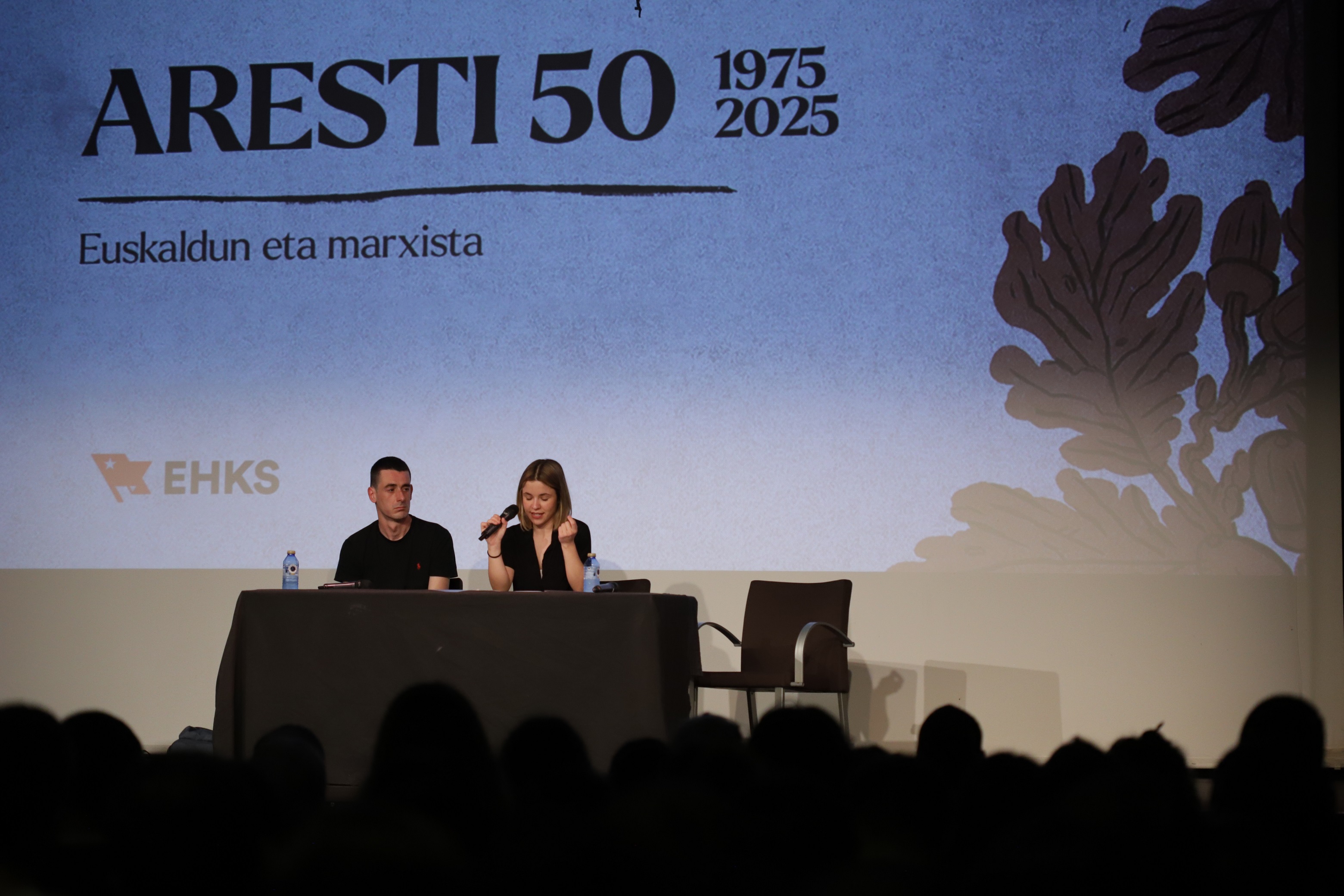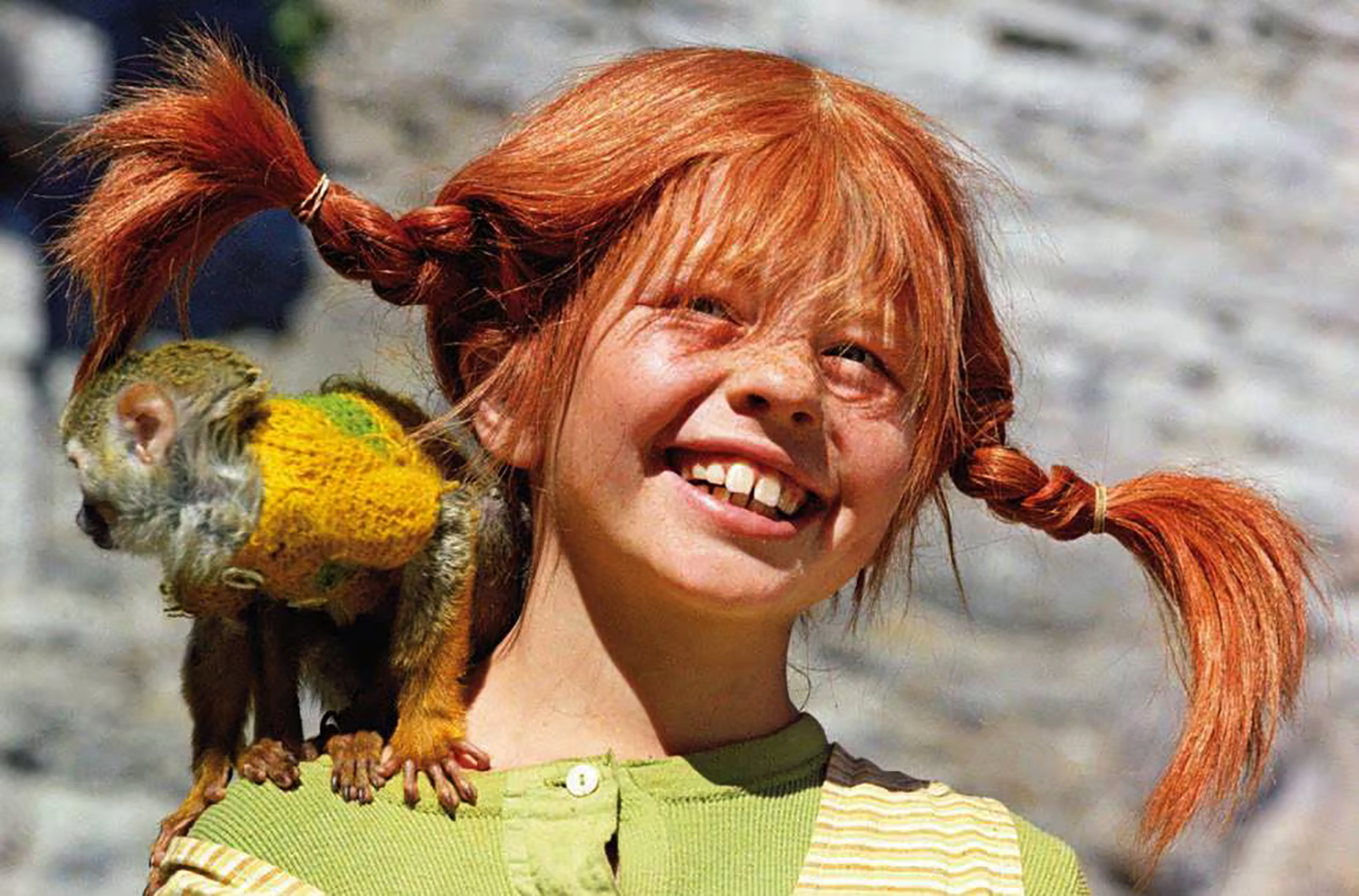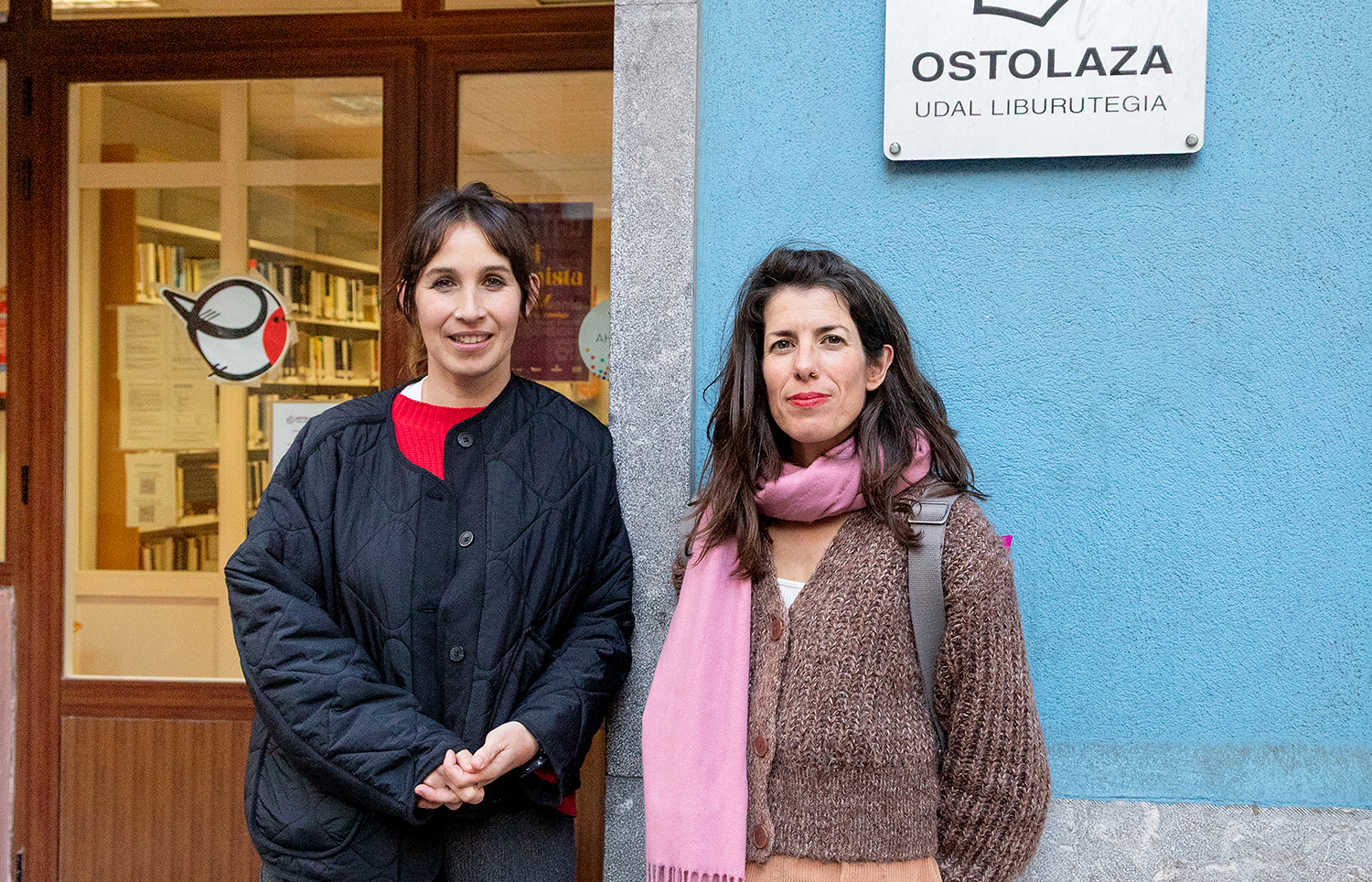The story is our oldest and, at the same time, the most modern literary genre. Life is due to orality, but thanks to prizes and magazines it found its autonomy in the 20th century. However, the development of literature is not linear, but it resorts to orality again and again by rescuing old stories or offering new versions. Tradition has also been and is a literary genre because it is always ready to collaborate with its free fantasy. Due to its short duration, it has great flexibility to move between children and children, adolescents, young people and adults. This interiority of ages allows the story to work different themes, styles and different points of view.
However, this genus is a rather unknown wealth.
From mouth to paper, the story began in the record of calendars and on loose pages, reporting stories and moral or ridiculous anecdotes. Gradually, he strengthened his body in magazines, hardened his styles in prizes, liberated his imagination in the world of absurdity and fascination, and the novel sought in its structures an unbearable perfection. Short narration escapes from academic definitions, is hybrid, goes from one side to the other in the fable, in the chronicle, in the article, in the letter or in the memory. It's an important part of our literature, but it's not as widespread as it would be worth it.
In this IPUINA.EUS we want to offer some rays of that beauty, so that we can gradually have an overall and more or less complete view of our naughty genus.
Pictures of the cat Poussy by Julene Azpeitia!, Gatu beltza (short novel) by Txomin Peillen - A long story? ), The cover of the book Gau ipuinak by Mario Onaindia (and by contrast Txakur bizia) and the book Itoak, by Inazio Mujika Iraola, remind us, among others, as a surface of water. So we asked Juanba Berasategi her cat, a mysterious spy entering this website.





















